Switzerland in the plans of the Third Reich
Switzerland for the citizens of our country is a neutral state, a “bank” state. For others - this is a ski resort. Someone will remember the Vatican Swiss Guard. But few people ask themselves the question - why did the mighty Third Reich, who crushed more than one state, left Switzerland as neutral? After all, it was possible to move the victorious Wehrmacht and seize huge financial resources, gold.
Wehrmacht theorists were very versatile, and along with the embodied plans to seize Poland, France and other countries, there were operational developments to seize a number of countries, including Switzerland (for example, Operation Tannenbaum (Yel)), which were not implemented. Several variants of the occupation of Switzerland were developed, for example, in the autumn of 1940, one of the plans was proposed at the headquarters of the “C” group of troops, then located at the northwestern borders of the neutral state.
In addition to the military plans, plans of the Anschluss (German: Anschluss - accession) of Switzerland were developed; they were prepared by the Imperial Security Directorate General (PCHA) and Reich Commissar of Austria A. Zeiss-Inkvart. Switzerland was considered the territory of the German language and was subject to inclusion in the "Great Reich". Zeiss-Inquart, the former in 1938 — 1940. Imperial Commissioner "Ostmarka" (the so-called occupied Austria was called), outlined the plan of the Anschluss of Switzerland in several "Memoirs" addressed to A. Hitler, it was proposed to join the state in stages, during the 3-s years.
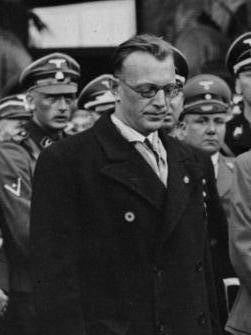
Arthur Seyss-Inquart.
Why did Germany need Switzerland?
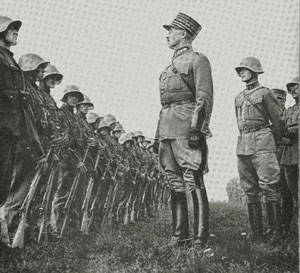
- Germanoschwigers constituted and make up a large part of the population, this gave grounds for Hitler and his associates to see this territory as part of “Greater Germany”.
- Pretty good industrial potential of the state, which could strengthen the power of the German Empire. Plus its financial resources.
“The most important strategic routes connecting Switzerland with its main ally, Italy, went through Switzerland. So, from the 4's alpine mountain passes, which connected Germany and Italy by railways and highways, three - St. Gotthard, Lötschberg and Simplon - are located in Switzerland, and only one - Brenner - in Austria. Switzerland was not against trade and passenger transit between the “axis” countries, but military transit was closed.
Switzerland's war plans
The Swiss armed forces had a so-called. the militia recruitment system: in fact, the entire adult male population of the state was regularly called for short-term military training, and in the event of a military threat, it could be fully mobilized within 2 days. This was helped by the relatively small size of the state, small weapon kept by the Swiss at home, and not in the arsenals.
From 2 to 4 September 1937, mobilization was carried out, the army was brought to 430 people. Only three army corps (then brought up to 000), one separate division - only 5 infantry divisions and several other divisions. In the region of tank units and the Air Force, the Wehrmacht had complete superiority: the Swiss army had about 3 dozen tanks and 3 air regiments (more than 300 fighters and fighter-bombers - Bf 109D, Bf 109E, Morane-Saulnier MS.406, Dewoiting D-27, EKW C-35). Air Defense Forces: 8 battalions had 44 units of automatic cannons and anti-aircraft guns, by the end of the year their number was increased to about 150 units.
The command understood that it was impossible to withstand the strike of the Wehrmacht by such forces, therefore the “National Redoubt” (“Redut”) plan was developed, and the author is the commander of the Swiss army Henri Guizant. According to it, the line of defense was transferred in advance from the plains from the borders to the mountains, where natural obstacles were strengthened by fortifications, tunnels and mountain roads were mined. So, from 1940 to the end of the war, more than 20 thousand bunkers were built. Units received orders to be ready for autonomous and semi-autonomous actions, their slogans became: “Resistance at any cost” and “No defeatist sentiments”. The army occupied defenses on the approaches to the passes of Saint-Gothard, Lötschberg, and Simplon, minimizing its superiority in tanks and air force, which could not be effectively used in high-altitude conditions.
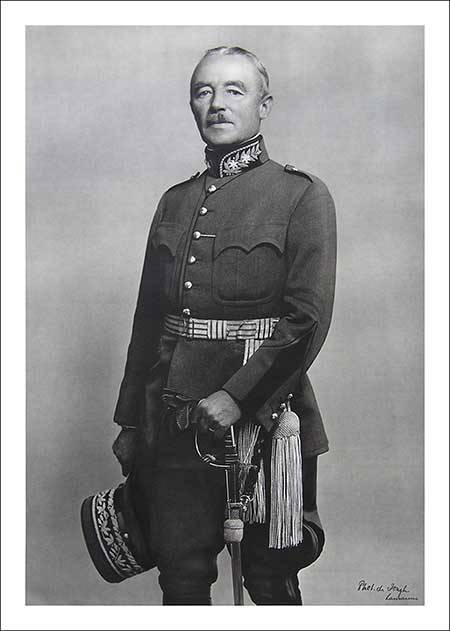
Henri Guizan, Fr. Henri Guisan (21 in October 1874, Mezieres, Vaud - 7 in April 1960) - Swiss commander in chief, commander-in-chief of the Swiss army during the Second World War.
The main ideas of the plan "Spruce"
According to the plan presented by the Chief of Operations of the OKH (Wehrmacht Land Forces Command) Colonel Adolf Heusinger (Lieutenant-General from 1943, Lieutenant-General, from 1950, military adviser to the German Chancellor Konrad Adenauer, from 1955, after the creation of the Bundeswehr, returned to the military German Chancellor Konrad Adenauer, from 25, after the creation of the Bundeswehr, he returned to the military, Chancellor of the Federal Republic of Germany Konrad Adenauer, from 1940, after the creation of the Bundeswehr, he returned to the military, Chancellor of the Federal Republic of Germany Konrad Adenauer; - Colonel Franz Halder XNUMX June XNUMX, Switzerland was planned to occupy with a sudden strike by the Wehrmacht from Germany and occupied France, Italian troops were to strike from the south. First of all it was planned to seize the important rail and highway junctions in order to prevent their destruction; to seize the military-industrial region of Solothurn - Zurich - Oerlikon, preferably without destruction to take Bern, the capital of Switzerland. Impact units must be reinforced by tank, motorized and artillery units; mountain divisions strengthen all-terrain vehicles and mountain cannons.
12 August 1940, the Operations Division of the General Staff of the OKH, made its own adjustments to this plan. In particular, the Wehrmacht had to dismember and surround the Swiss divisions, not allowing them to retreat to the mountainous areas. 26 August 1940, Halder gave order No. 470 / 40, in which the command of Army Group C was asked to develop its detailed design for Operation Spruce. Von Leeb, the commander of the group of forces, transmitted this order to Von List, who was the commander of the 12 Army. The headquarters of the 12 Army presented its plan - 7 of September was signed by von Liszt, transferring to the headquarters of Army Group C, 7 of October of 1940, after revision, von Leeb signed it and submitted to OKH.
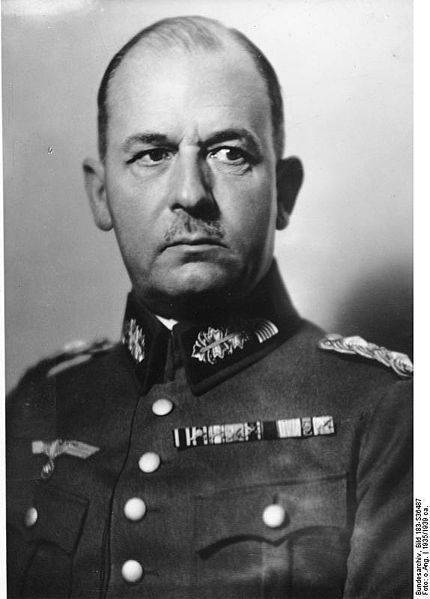
Wilhelm List
In this regard, the operation was given half the time, the day 2-3, Zurich, Bern and Geneva were planning to take on the first day. The strike should be sudden, for this purpose they planned to conduct a number of distracting operations: imitate the “aggravation” of relations with France, Vichy; for this, additional Wehrmacht divisions were concentrated along the western borders of Switzerland, where the border between the occupied and relatively free parts of France was located. The German press stopped attacks on Switzerland, maintained a friendly tone, Berlin would make economic concessions.
But the plan was not fully approved, Halder and Colonel Heusinger believed that the command of Army Group "C" asks too much force - the 21 division - and they need to be reduced to 11, since the Swiss side's defense capabilities are exaggerated. In addition, Halder believed that there was no need for a blow from Austria with the help of the auxiliary group “E”, moreover, its concentration could not be hidden. October 17 Halder's considerations - "Halder's plan" - were set out in a memo. For the operation it was planned to allocate 11 divisions: 5 reinforced infantry and 6 motorized, this plan became final.
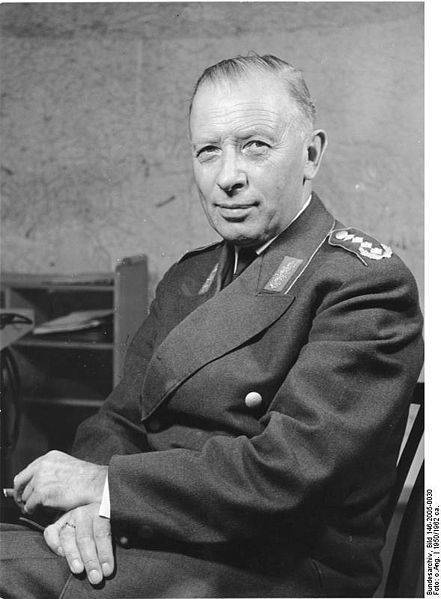
Adolf Heusinger (German Adolf Heusinger; August 4 1897 - November 30 1982) - German commander, lieutenant general (with 1943). During World War II, he was Chief of Operations of the General Staff of the Land Forces of Germany, after the war he was Inspector General of the Bundeswehr, then Chairman of the NATO Military Committee.
Why was the plan “Operation El” so detailed in the Wehrmacht’s headquarters not implemented?
- Swiss historians, including G. R. Kurtz, believe that the main reason is the bad weather conditions in October - March of 1940-1941. In addition, they believe that the Wehrmacht was heavily occupied with other operations: preparations for the invasion of England and the USSR, consolidating their positions in the captured states of Norway, Denmark, Belgium, Holland, France. The operation to capture Gibraltar was being prepared.
- In the summer and autumn of 1940, the Third Reich was strenuously preparing for war with the USSR, Hitler did not want to disperse forces, even for minor operations like “Eli” or seizing Gibraltar.
- The Swiss authorities in every way conceded to Berlin, compromised, so, in August 1940 of the year between Switzerland and Germany an agreement was concluded. According to him, Bern provided the most favorable regime for the transit of German goods, including the military; provided the Third Reich with a long-term loan of 150 million Swiss francs; Bern undertook to sell gold and other treasures to Germany for the Reichsmarks. During the war years, there was an active trade; for example, from 1939 to 1942, 45% of all Switzerland’s exported goods were exported to Italy and Germany. Only after the defeats of Germany, in 1944, did Bern stop the military transit of Germany and Italy.
- Historical conspiracy theorists believe that the Nazis were financed through Switzerland before they came to power, secret financial operations and the years of the Second World War continued, including the laundering of “Jewish gold” and looted valuables from the territory of the USSR. Therefore, Hitler and his associates believed that they needed Switzerland for financial transactions so far, moreover, the Swiss authorities actually provided economic assistance to the Reich to prepare a strike against the USSR. And after the start of the war in the USSR, it was no longer up to Switzerland, all the main forces bogged down in fierce battles.
Revival Plan
In 1943, the plan was remembered, the situation was difficult: the defeat at Stalingrad, the troops in North Africa were crowded out, in the near future there was an opportunity to land the Anglo-American forces in Sicily, Italy. The problem of military transport communications between Italy and Germany has again become aggravated: the Austrian alpine passage Brenner from time to time incapacitated bombing allied aviation, other ways were needed - Swiss passes.
19 — 20 March, March 1943, the Swiss intelligence received a message that a special strike group of mining and paratroop divisions of the SS troops was concentrated near Munich, Colonel-General Edouard Dietl should command them. Dietl commanded from May 1938 to April 1940, the 3 Mountain Division, then commanded the Narvik military group in the Norwegian campaign. Participated in battles in the Soviet Arctic. He was specifically recalled from the Eastern Font, where he commanded the 20 of the Mining Army.
But a week later, at the end of March in Bern, they learned that Adolf Hitler unexpectedly canceled the prepared invasion of Switzerland. According to Swiss historians, a major concession from Bern influenced him - the Swiss trade delegation in Berlin expressed its readiness to provide a long-term loan to the Reich in the amount of 850 million Swiss francs. The head of the intelligence department of the Imperial Security Directorate General (RSHA) of Germany, the SS Gruppenführer Walter Schellenberg, attributed the merit of the non-aggression of the Wehrmacht to Switzerland, he allegedly persuaded Hitler not to attack her. 3 March 1943, he even met near Bern with the commander of the Swiss army Gizan. Gizan solemnly promised not to allow the use of the territory of Switzerland by the Anglo-American troops, signed a corresponding agreement.
Moreover, in March a fierce battle took place on the Eastern front - near Kharkov, and then preparations began for the decisive operation "Citadel"; Germany simply could not allocate significant forces to Switzerland.
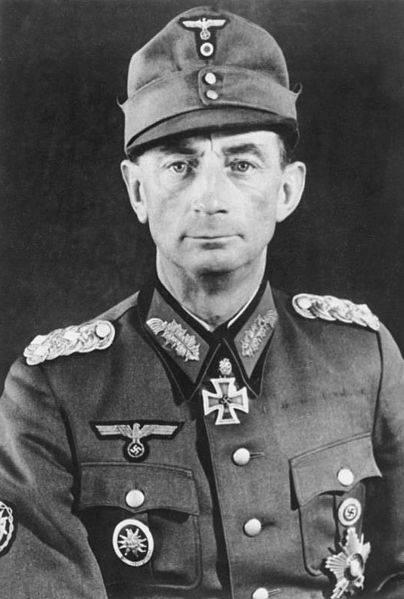
Edouard Dietl
Plan of the "European Fortress"
Two more plans for the capture of Switzerland were born in the SS. After the defeat on the Kursk Bulge and a number of other defeats on the Eastern Front, part of the German elite began to think about the plan to create a “European fortress”. According to this plan, they wanted to create a huge fortified area on the basis of the Alps and its spurs — Southern Germany, the mountainous part of Austria, Slovenia, the alpine part of Northern Italy and Switzerland were to be included in it.
Thus, the front line was reduced, the enemy's advantage in the number of troops, tanks, aircraft decreased. Based on the natural fortifications and fortifications created, the Wehrmacht had to hold on until the mass production of “secret miracle weapons” was established in the piedmont factories. And for this it was necessary to capture Switzerland.
This is the “Memorandum on the martial law of Switzerland and considerations for future German armed intervention,” or the Böhme project. She was commissioned by the Chief Military Directorate of the SS troops F. Böhme, who was formerly the head of the Austrian military intelligence, Major General of the General Staff of Austria, in Germany became a general of mountain rifle troops. His project he presented 20 December 1943 of the year. He proposed to use the factor of the complete encirclement of Switzerland: Vichy France was occupied in November 1942 of the year, Italy in September of 1943. He added an interesting detail to his project - the capture of passes by an airborne assault force to prevent their destruction. But by the summer of 1944, when the plan was proposed to be implemented, 11-ti free divisions and even 3-x tank for this operation, Berlin was not. The Red Army, having carried out an operation to liberate Belarus, defeated the troops of Army Group Center and reached the borders of Germany.
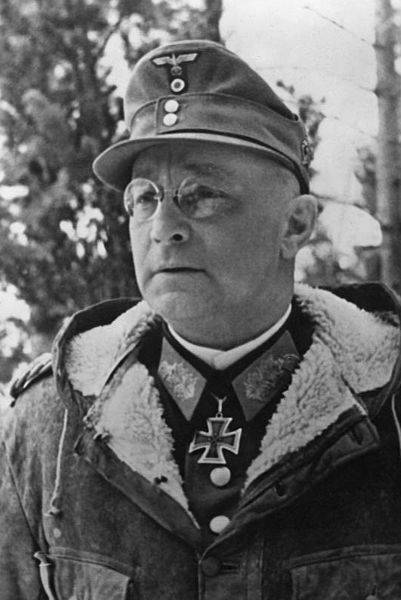
Franz Böhme (German: Franz Böhme; 15 April 1885, Zeltweg, Austria-Hungary, - 29 May 1947, Nuremberg, Germany) - Austro-German officer, general of mountain infantry troops.
Another version of the operation was developed by the RSHA - "Action C". It was basically a political version of the Anschluss. The SS was preparing a coup with the help of Swiss Nazis, the German-Swiss assault troops wanted to form from the Swiss, serving in the Wehrmacht, in the SS troops living in the Reich. Their performance was supposed to support the Wehrmacht, after which they would create a puppet government. But this plan remained on paper.
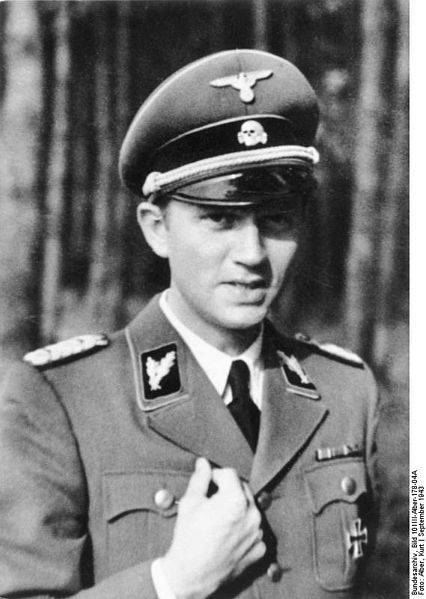
Walter Friedrich Schellenberg
Sources of:
Schellenberg V. Memoirs. Minsk, 1998.
http://bbloger.ru/switzerland.htm
http://newsreaders.ru/showthread.php?t=593
http://ru.wikipedia.org/wiki/Швейцария_в_годы_Второй_мировой_войны
http://www.nashagazeta.ch/node/8759
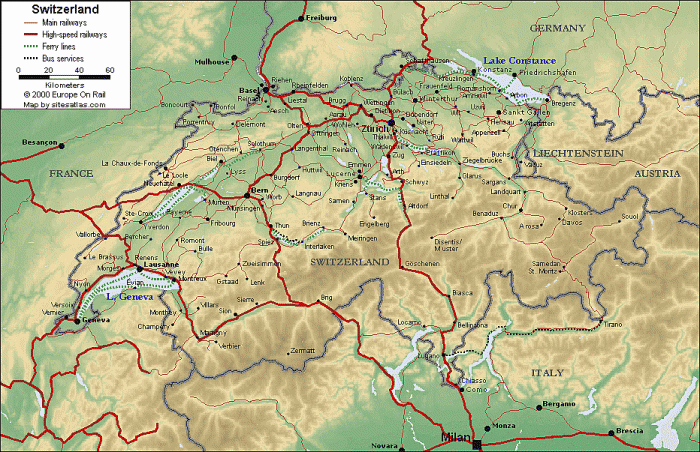
Information